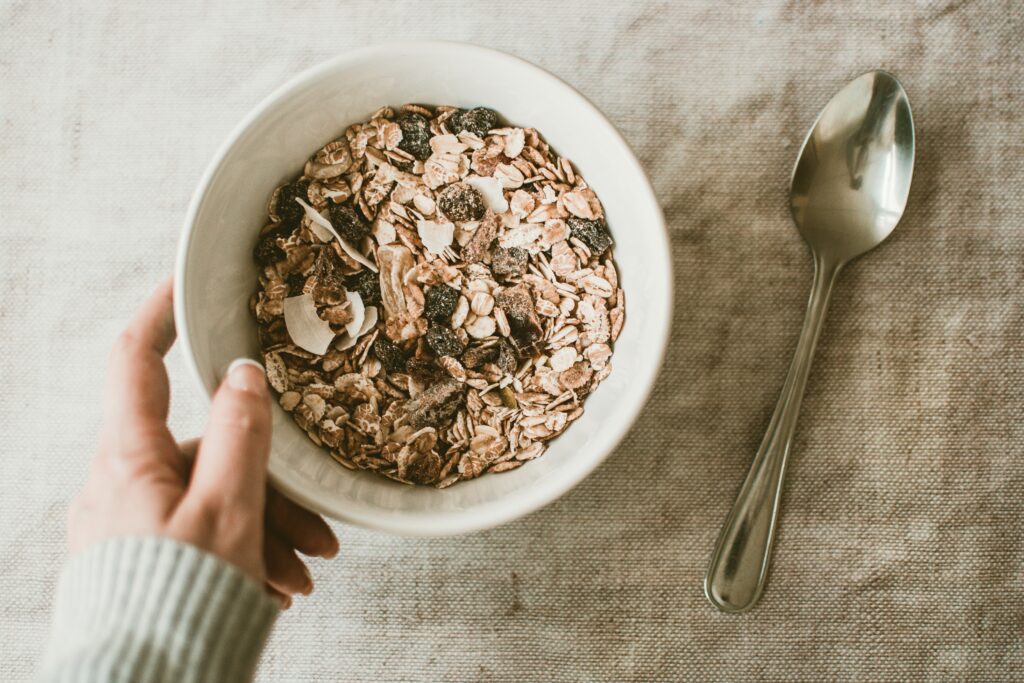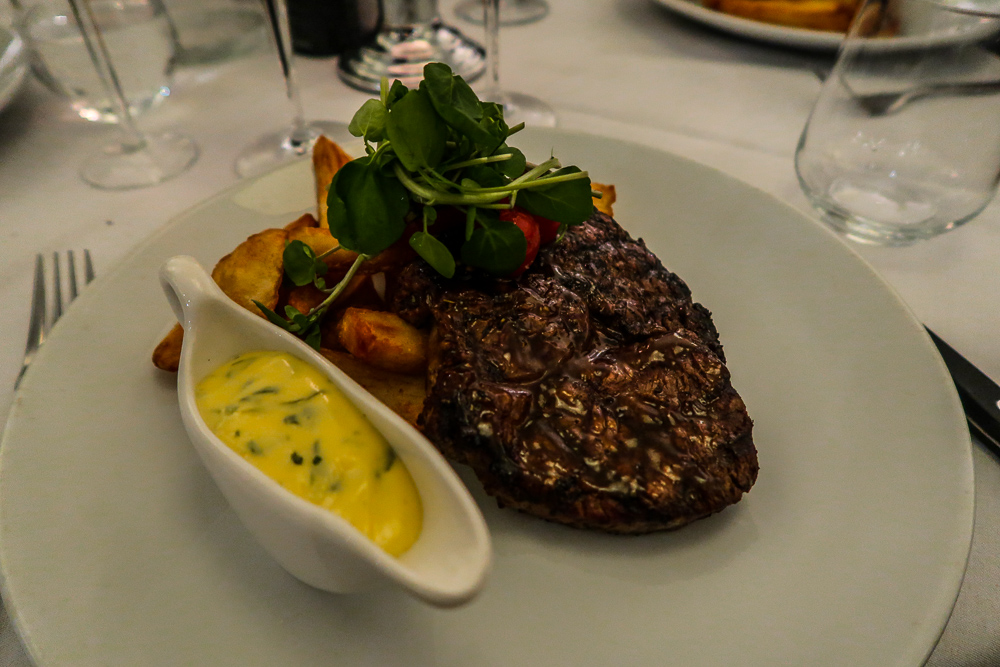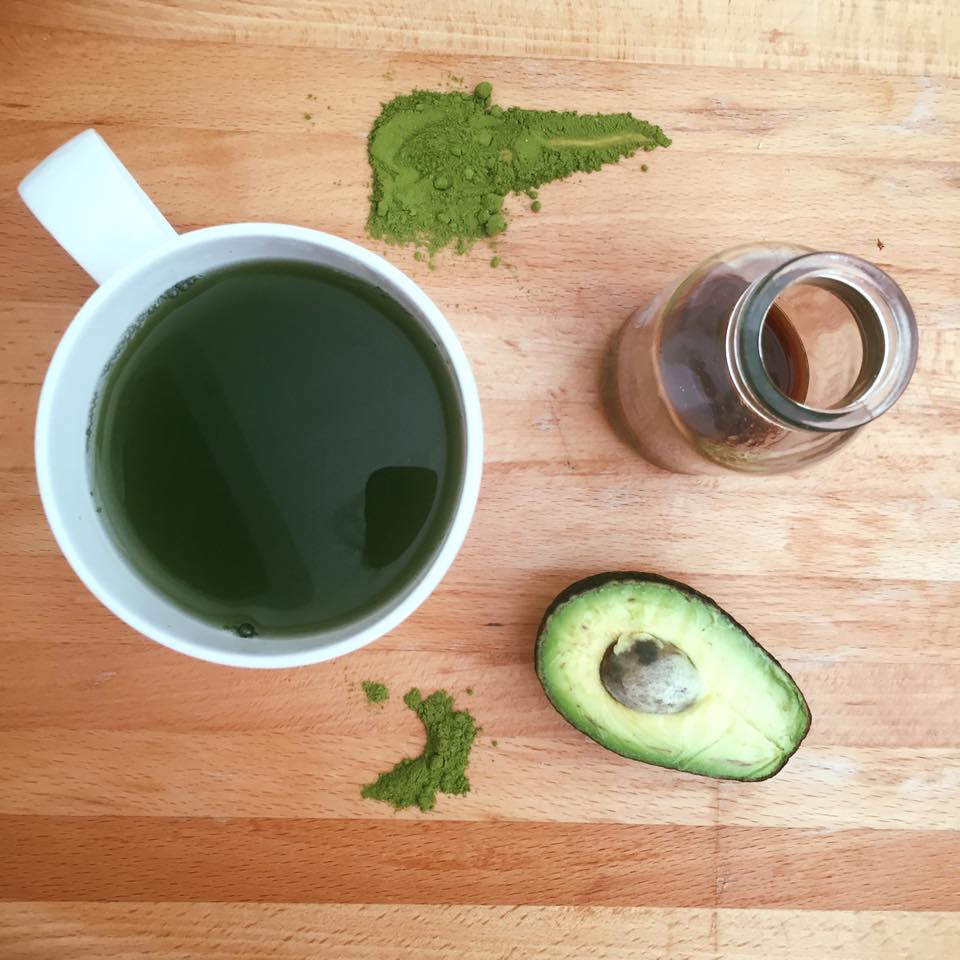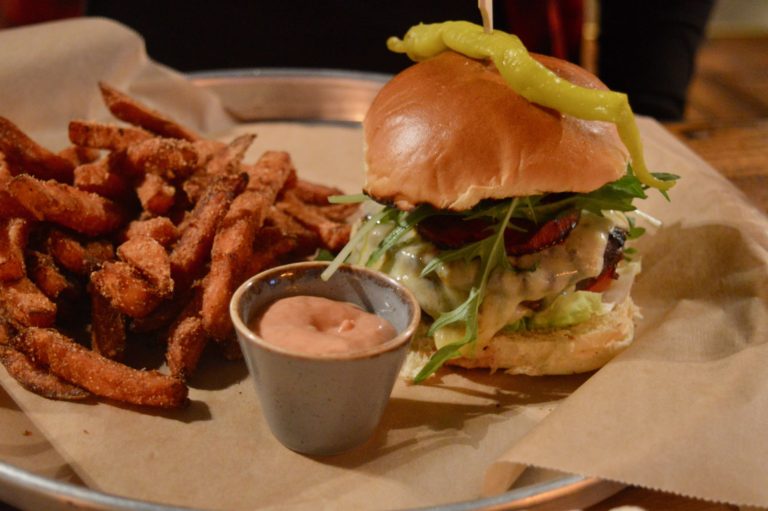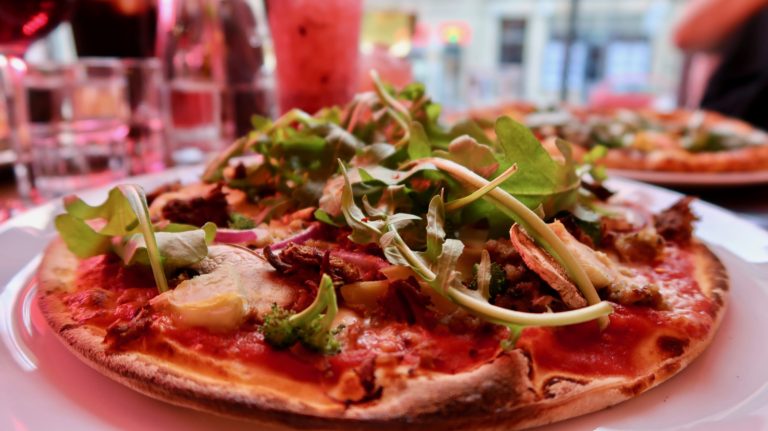The ketogenic (keto) diet is a popular diet that focuses on consuming a low amount of carbohydrates each day, accompanied by a moderate amount of protein and a relatively high amount of unsaturated fats.
Following the keto diet can seem a little overwhelming if you’re used to consuming a standard diet with a higher volume of carbs and a moderate amount of protein and fat. Switching to a low-carb diet can feel daunting and almost impossible at first, but it’s completely doable.
With that being said, it’s important to do your research before making any drastic changes to your existing food intake. Generally, dietary changes are safer and more effective when they’re made gradually, as opposed to drastically.
We recommend working with a registered dietician or qualified nutritionist before switching to a ketogenic diet to ensure you do so safely and sustainably. However, to get you started, we’ve got a brief guide on the basics of the ketogenic diet.
3 Keto Diet Basics You Need to Know
The Nutritional Breakdown of the Ketogenic Diet
Generally, those following the keto diet aim to consume no more than 50 grams of carbohydrates a day. This low amount of carbohydrates is combined with a moderate intake of proteins, contributing to 15-30% of your daily calories.
It’s important not to consume too much protein, as this can interfere with the process of ketosis. When the body has excess calories available from protein, it will store them as fat, regardless of which macronutrient these calories have come from.
Around 60-75% of the keto diet should come from fats, mainly healthy fats, which include monounsaturated and polyunsaturated fats. You can find these healthy fats in avocados, nuts, seeds, and plant-based oils.
What Foods Can You Consume When Following the Ketogenic Diet?
When you first start following the keto diet, you need to pay careful attention to what you eat.
Until you get used to cutting back on your carbs and knowing what types of foods you can and can’t eat, you might need to track your intake closely with a written food diary or calorie-tracking app. You can test your progress by using keto test strips and looking at your overall health and well-being.
The foods that are great to consume when you’re following a ketogenic diet include:
- Lean animal meats, including chicken, turkey, and fish
- Red meat, including beef, pork, lamb, and steak
- Cold cuts of deli meat, such as ham and salami
- Meat alternatives like tofu, tempeh, and soy protein products
- Dairy products, including cheese and yoghurt
- Nuts and seeds
- Vegetables that are low in starch, such as green leafy vegetables, peas, green beans, and cauliflower
- Fruits that are low in sugar, such as oranges, lemons, limes, and berries
It’s best to avoid the following foods when you’re aiming for a low-carbohydrate intake, even when you’re enjoying a summer break:
- Foods that are rich in starch, such as bread, pasta, rice, noodles, and potatoes
- High-starch vegetables, such as potatoes, parsnips, turnips, and swede
- Fruits that are high in sugar, including bananas, pears, peaches, and apples
- Highly processed snacks, such as cookies, biscuits, cake, chocolate, bars, and candies
- Sugary beverages, such as sodas and fruit juice
Conclusion
In conclusion, embarking on the ketogenic diet journey requires a solid understanding of its nutritional principles and the range of foods that align with its requirements. By grasping the nutritional breakdown of the ketogenic diet, you learn that it’s a regimen high in fats, moderate in proteins, and very low in carbohydrates. This balance is crucial for pushing your body into a state of ketosis, where it burns fat for fuel instead of glucose, potentially leading to weight loss and improved metabolic health.
Knowing exactly what foods you can consume when following the ketogenic diet is equally important. Emphasizing foods like healthy fats (avocados, coconut oil, and nuts), moderate amounts of proteins (fish, poultry, and lean meats), and low-carb vegetables (leafy greens, zucchini, and broccoli) can make adhering to this diet both enjoyable and nourishing. Conversely, understanding what to avoid is paramount; high-carb foods such as grains, sugars, and high-starch vegetables can disrupt the delicate balance required for ketosis.
Armed with this knowledge, you’re better prepared to navigate the keto diet successfully. It’s not just about weight loss; it’s about embracing a lifestyle that prioritizes whole, nutrient-dense foods for overall health. As with any significant dietary adjustment, it’s wise to consult with a healthcare provider or a dietitian to ensure it’s a suitable and safe option for your individual health needs. With the right approach, the ketogenic diet can be a rewarding pathway to achieving your health and wellness goals.
